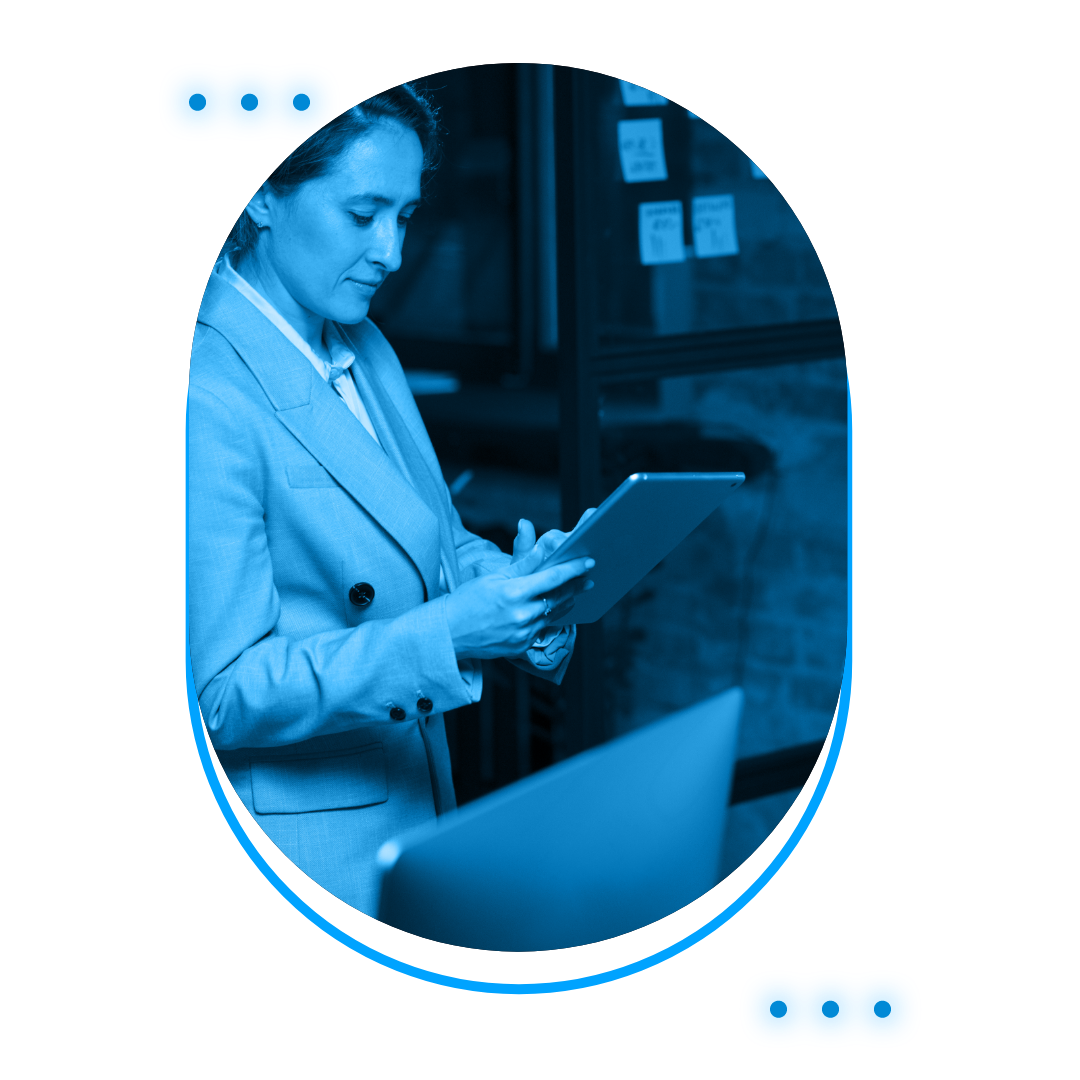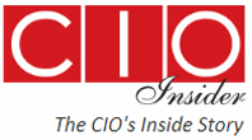
Share
Augmented Reality and Virtual Reality : Transforming the Way We Live and Work
Among the most recent technological developments are augmented reality (AR) and virtual reality (VR), which have the potential to revolutionize the way we interact with the world around us. These technologies offer unique and immersive experiences that allow us to see, hear, and feel things in ways that were once impossible. In this blog article, we’ll explore the basics of AR and VR, how they work, and the ways in which they’re transforming the way we live and work.
How Do AR and VR Work?
Augmented reality is a technology that overlays digital information onto the real world, using a device like a smartphone, tablet, or AR headset. Whereas Virtual reality is a technology that creates a completely digital environment for users to interact with. Both AR and VR use similar technologies to create their immersive experiences. They both use sensors, cameras, and computer processors to track the user’s movements and adjust the digital content accordingly. However, there are some key differences in how they work. AR relies on the device’s camera to capture the real world, and then uses software to overlay digital content onto it. The digital content is typically anchored to a specific location or object in the real world, so it stays in the same place as the user moves around. VR, on the other hand, completely replaces the real world with a digital environment. The headset tracks the user’s head movements and adjusts the view, accordingly, creating the illusion of a 3D environment around them. VR often uses hand-held controllers or other input devices to allow users to interact with the digital environment.

AR and VR Transforming the Way We Live and Work
AR and VR have the potential to transform the way we live and work in a number of ways. Here are just a few examples:
Education and Training
AR and VR can provide immersive educational experiences that allow students to explore and learn in new ways. For example, medical students can use AR to practice surgeries on virtual patients, giving them a more realistic and hands-on learning experience. VR can also be used to simulate dangerous or difficult-to-access environments for training purposes, such as oil rigs or outer space.
Entertainment
AR and VR are already changing the way we consume entertainment. VR allows users to experience movies, games, and other content in a more immersive way, while AR can enhance live events like concerts and sports games with digital overlays and interactive experiences.
Real Estate and Architecture
AR and VR are also transforming the way we design and sell real estate. Architects and designers can use VR to create and test designs in a virtual environment, allowing them to make changes before construction begins. Real estate agents can use AR to provide potential buyers with virtual tours of properties, allowing them to see the space and visualize themselves in it without physically being there.
Healthcare
AR and VR are also being used in healthcare to improve patient outcomes. Surgeons can use AR to overlay digital information onto the patient’s body during surgery, helping them to see important structures and reduce the risk of complications. VR is also being used to help patients manage pain and anxiety by providing immersive and calming environments.
Retail
AR and VR are changing the way we shop by providing more personalized and interactive experiences. Retailers can use AR to create virtual dressing rooms that allow customers to try on clothes without physically changing, or to provide interactive product information in-store. VR can also be used to create virtual stores or showrooms, allowing customers to explore and interact with products in a completely digital environment.
Manufacturing and Design
AR and VR can also improve manufacturing and design processes by providing more efficient and accurate ways of testing and prototyping. Engineers and designers can use VR to visualize and test products before they’re built, reducing the time and cost of physical prototyping. AR can also be used in manufacturing to provide workers with digital overlays that show important information or instructions, improving efficiency and safety.

Remote Work
The COVID-19 pandemic has accelerated the adoption of remote work, and AR and VR can enhance this experience by providing more immersive and collaborative ways of working. VR can provide virtual meeting spaces that feel more like in- person meetings, while AR can provide digital overlays that allow remote workers to see and interact with physical spaces and equipment.
Challenges and Limitations
While AR and VR hold tremendous potential for transforming the way we live and work, there are also challenges and limitations to consider. One major challenge is the cost and accessibility of the technology. High-end VR headsets and AR glasses can be expensive, limiting their accessibility to many people. There are also concerns about the potential negative effects of these technologies, such as addiction or disconnection from the real world. It is important to consider these potential drawbacks and take steps to mitigate them as the use of AR and VR becomes more widespread. Another challenge is the need for developers and content creators to adapt to these new technologies. Creating compelling and effective AR and VR experiences requires a different skill set than traditional content creation, and there is a need for more education and training in these areas.

The Future of AR and VR: Trends and Predictions
AR and VR have come a long way since their inception, and they continue to evolve at a rapid pace. Let’s explore some of the latest trends and predictions for the future of AR and VR
5G and AR/VR
The rollout of 5G networks is set to revolutionize the way we use AR and VR. With 5G, users will experience faster speeds, lower latency, and greater bandwidth, making it possible to create even more immersive and responsive AR and VR experiences. For example, 5G will enable the streaming of high-quality VR content without the need for expensive hardware.
AR and VR in the Workplace
AR and VR are already transforming the way we work, but their impact is only expected to grow in the coming years. Experts predict that by 2025, the global market for AR and VR in the workplace will reach $4.1 billion. Companies are using AR and VR for everything from employee training to remote collaboration, and the technology is expected to become even more integral to the way we work.
Advances in AR and VR Hardware
The hardware used for AR and VR is also advancing at a rapid pace. For example, Microsoft’s HoloLens 2 offers a wider field of view and more natural interaction with virtual objects, while Apple’s rumored AR glasses could revolutionize the way we interact with technology. As the hardware improves, so will the quality and accessibility of AR and VR experiences.
Social VR
Social VR is an emerging trend that allows users to interact with others in virtual environments. From virtual concerts to collaborative workspaces, social VR is expected to become increasingly popular in the coming years. Facebook’s Horizon Workrooms is one example of this trend, allowing remote teams to collaborate in a virtual office environment.
Conclusion
Augmented reality and virtual reality are transforming the way we live and work, offering unique and immersive experiences that were once impossible. These technologies have the potential to improve education, healthcare, retail, manufacturing, and many other industries, while also providing more personalized and interactive experiences for consumers. As technology continues to evolve and become more accessible, we can expect to see even more innovative applications of AR and VR in the years to come.
Cloud Destinations is an industry leader with a wide range of expert teams who helps businesses to implement cutting-edge technologies in their core systems and helps them to achieve their business goals.
Check our website at https://clouddestinations.com for further details or write to us at info@clouddestinations.com for any query.
 Back
Back














 Linkedin
Linkedin








